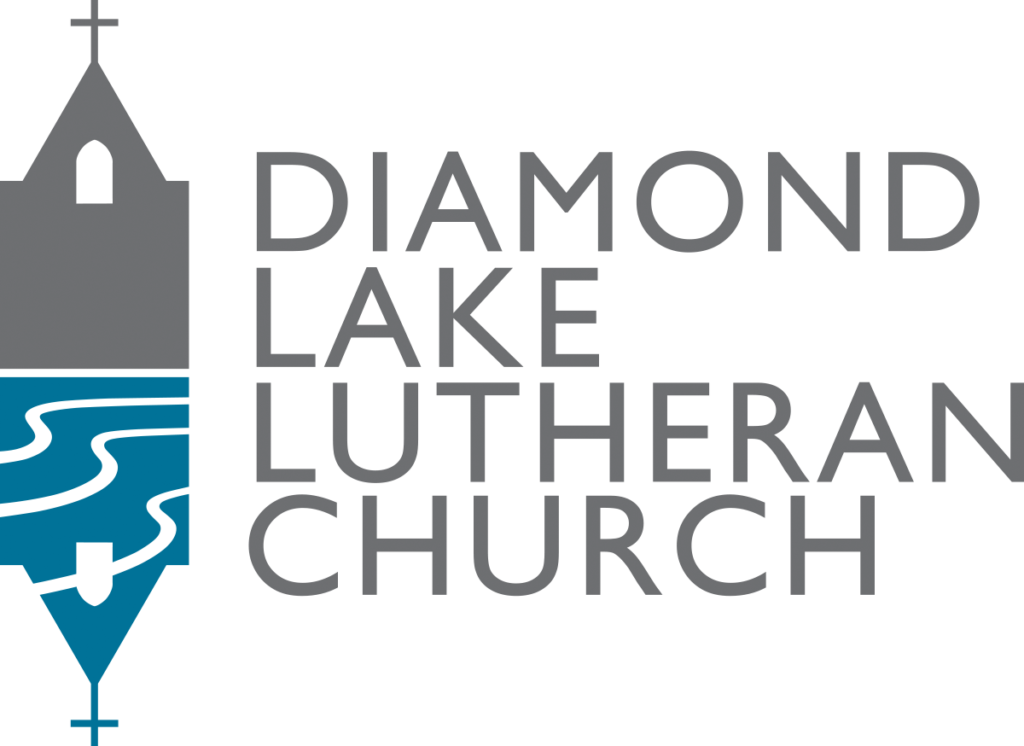Altar Window
The large window at the front of the chancel is the Altar window. As the central focus of the Christian faith, Jesus Christ is the theme and foundation for all other symbols expressed in the stained-glass windows. Above Christ, the hand of God provides guidance, while below, a descending dove symbolizes the Holy Spirit. Encircled by a nimbus, these three elements symbolize the unity and essence of the Trinity.
Further emphasis of the Trinity is shown by the triangle that ties the three panels together. Jesus, dressed in regal robes, stands on a rainbow, symbolic of the covenant between God and man, and the center of the white robe depicts the “I am the vine and the branches” theme. The wounds on the outstretched hands and the bleeding heart speak of the fulfillment of God’s plan of redemption. The upper portions of the left and right panels contain, respectively, the Greek letters alpha and omega, representing the beginning and the end. VDMA (center left) is “Verbum Dei Manet (in) Acterm,” meaning “the Word of God remains forever.” Below this is shown the scroll of the law with the Star of David (the Talmud and the Torah), symbolic of God’s revealed plan for mankind’s redemption. In the lower right panel are the keys, the symbol of church authority. The two sacraments instituted by Christ, the Sacrament of Communion and the Sacrament of Baptism, are represented in the lower portion of the panel. The grapes and wheat are the source of the elements of the chalice and the host, and the dove represents the claiming of God’s children by the Holy Spirit. The entire window is scattered with stars representative of the true believers of God as based on God’s revelation to Abraham.










